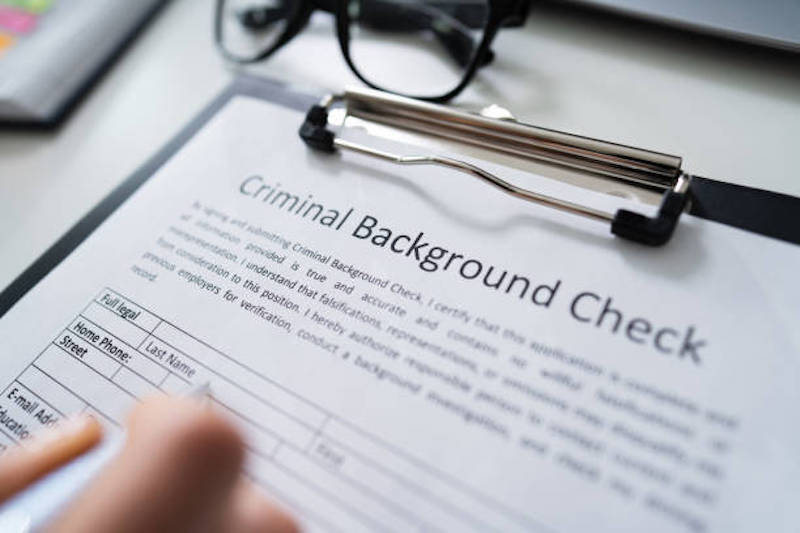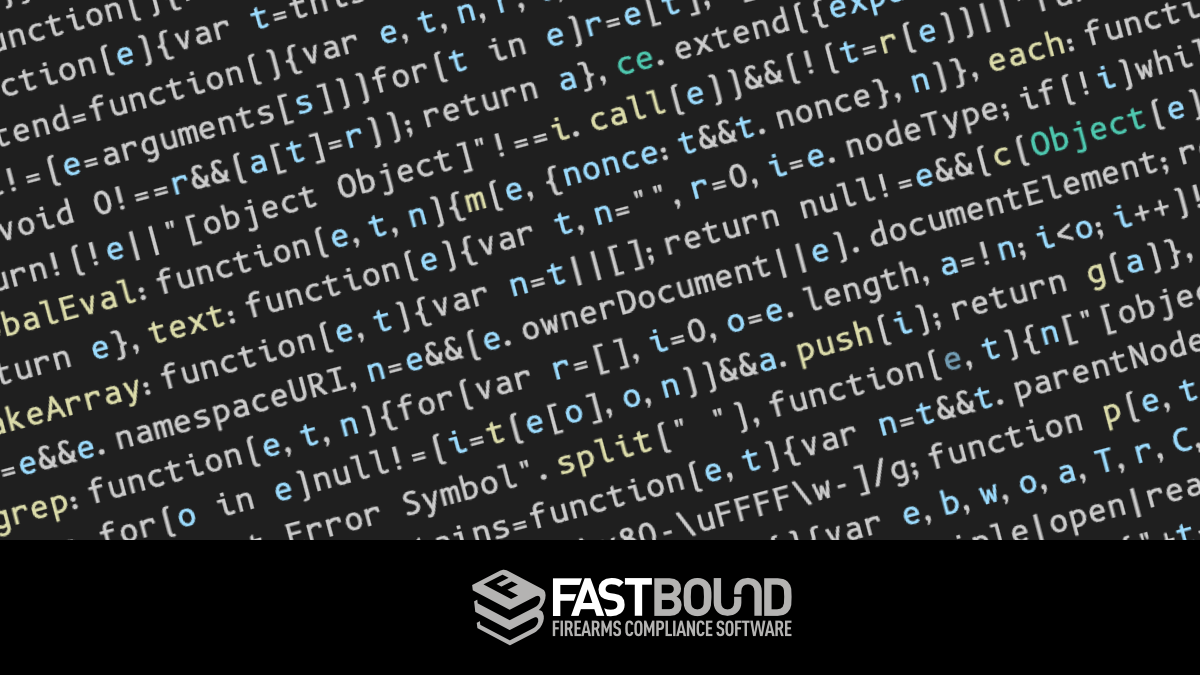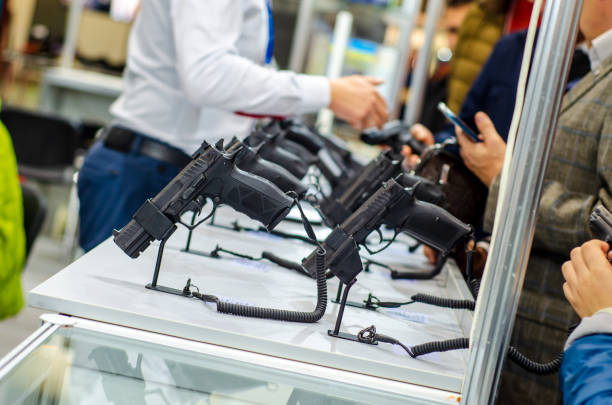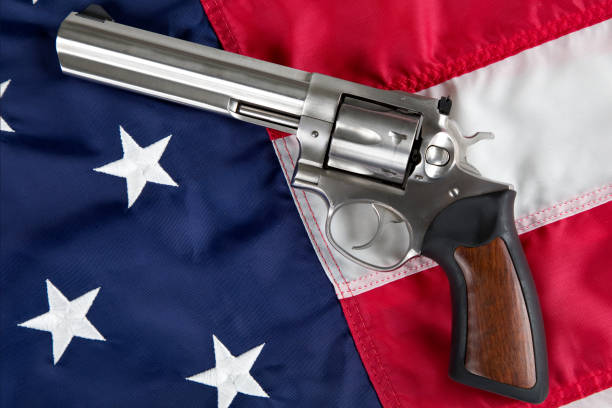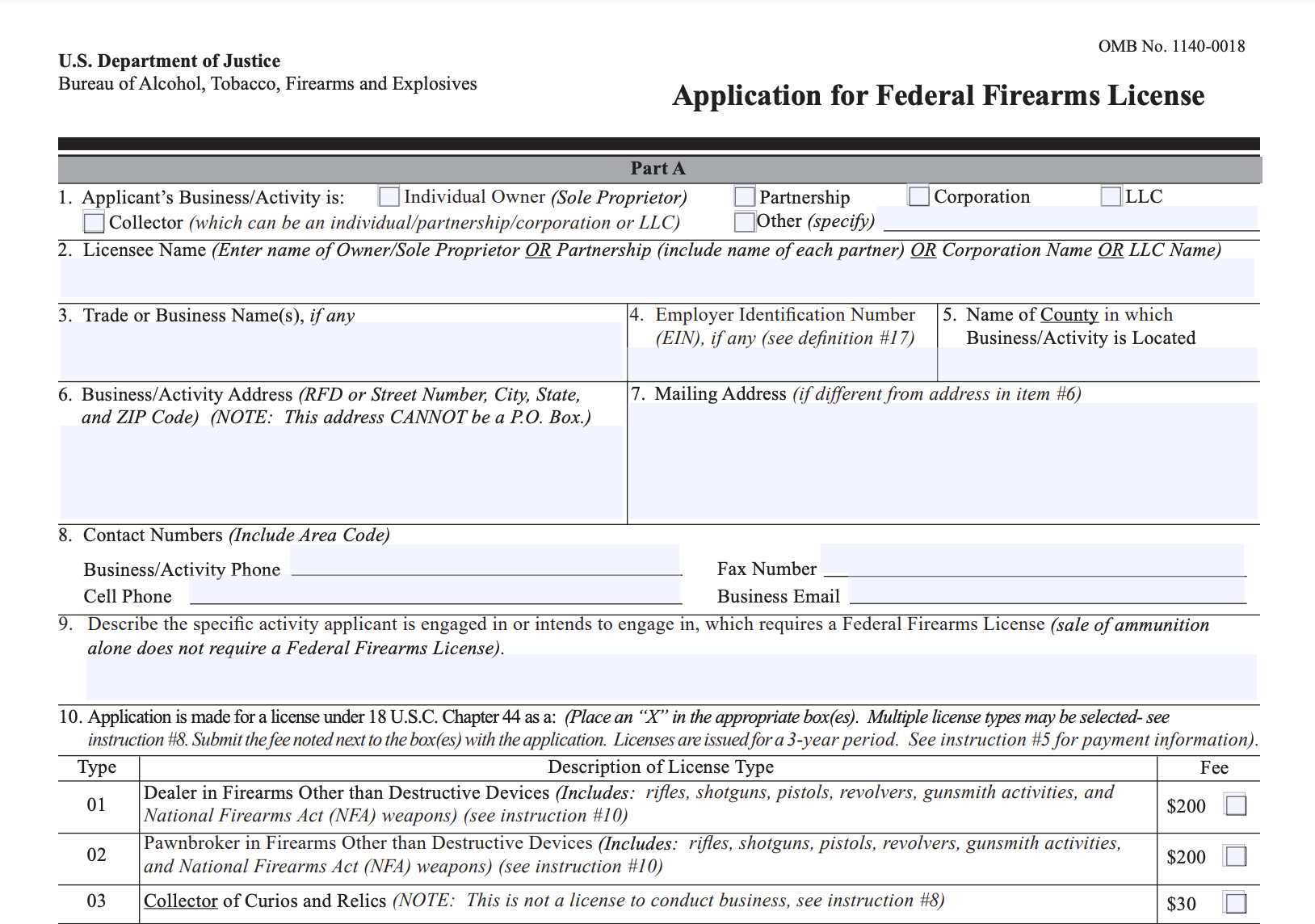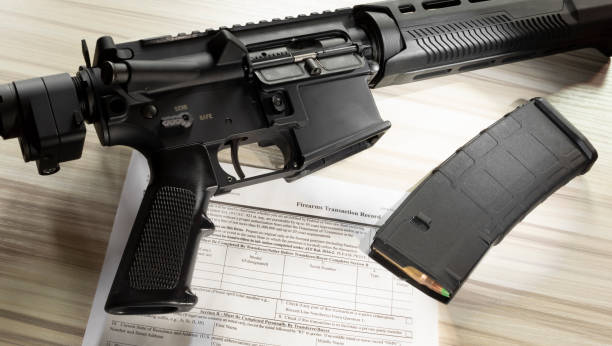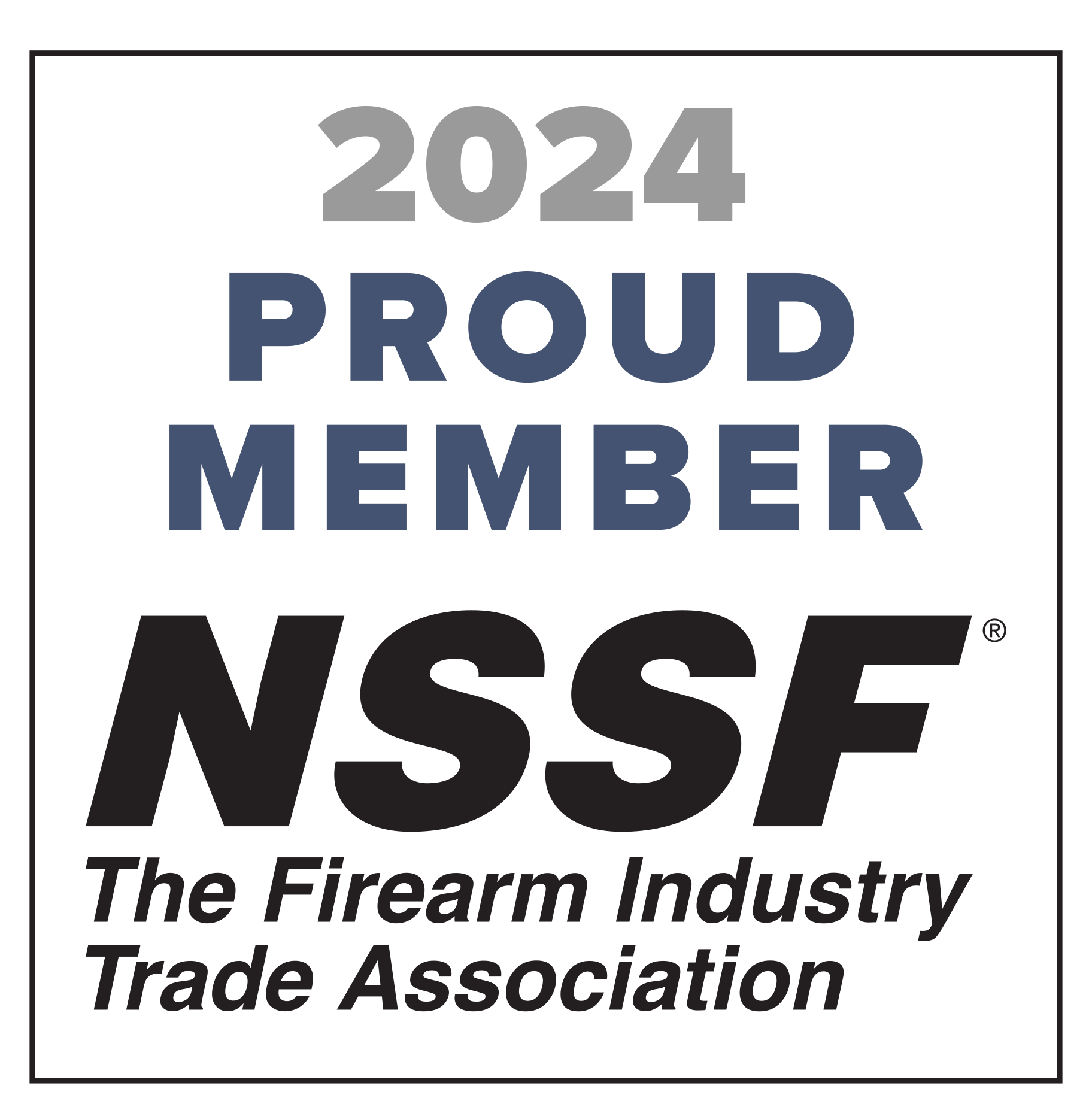ATF compliance and the associated paperwork are vital to firearms selling.
But it can also be a major administrative burden. If you’ve ever found yourself bogged down with paperwork or sweating the threat of an ATF inspection, you know exactly what I’m talking about.
Fortunately, there are several simple ways to streamline ATF compliance to ensure you’re above board while also maintaining maximum efficiency. Here are our top seven.

1. Stay Informed of ATF Regulations
As you’re probably aware, ATF regulations, as well as local laws, are continually changing. So a great starting point for streamlining ATF compliance is staying up-to-date on the most recent happenings. While you may not always know every last detail, this should ensure you’re at least familiar with major rules and regulations so you can run daily operations with less friction.
There are two main resources we recommend for staying informed. One is this resource from the ATF which covers the essentials, including federal regulations, the rulemaking process, ATF rulings, and much more. It also contains helpful links to help you stay in the know. The other is the NRA Institute for Legislative Action. Here you’ll find a breakdown of state gun laws for all 50 states so you always know what’s happening in your specific locale.
2. Perform Regular Inventory Checks
Next, it’s important to always know exactly what you have in your inventory, especially if you’re a mid-sized or large gun seller. Experts recommend checking inventory and verifying serial numbers with the A&D records at least every three months. Also, any time you make a purchase at a gun show, you’ll want to update your inventory right away because it’s easy to forget about it if you don’t.
Doing this should make inventory management a lot easier to handle, and you’ll know what you have on hand at any given time. It also dramatically reduces your odds of running into ATF compliance issues.
3. Use Electronic Bound Books and 4473s
Technology has advanced significantly in recent years, with one of the biggest innovations being FFL software. It has several applications, but one of the most notable is digitizing FFL bound books and 4473s to streamline ATF compliance in a way that simply wasn’t possible in the past. With FastBound, for example, you can create unlimited bound books for consignment, transfers, gunsmithing, NFA, pawn, or anything else you want. It can also be used to turn any computer, tablet, or smartphone into a fully compliant 4473 with robust cloud storage and automated backups.
Rather than having to fill out traditional paperwork that’s meticulous, time-consuming, and stored in cardboard boxes, FFL software lets you seamlessly process transactions and keep information securely stored for easy retrieval. With it, you can move through transactions quicker and ensure text is legible because of the digital font. It also allows you to automatically fill out information like license numbers, expirations, and addresses, and will even suggest a current license number if the one you entered is expired. So instead of spending a ton of time sorting through paperwork with one customer, you can move through transactions more efficiently while upholding the highest possible level of compliance.
Keep in mind that FFL software is continually updated to reflect the latest ATF rulings, and platforms like FastBound are even backed by legal defense. This means if you ever run into an issue, you have peace of mind that you’ll have instant access to a legal professional to help you resolve it. FFL software also allows for easy multiple sale reporting, which is one of the most common reasons for revocations among gun sellers.
4. Use FFL POS Integration
Another way to leverage FFL software is to integrate it with your point-of-sale (POS) system. Here’s the scenario. You’ve got a customer who’s ready to buy and you’re about to ring them up. In the past, you would have to complete the transaction and handle the paperwork separately — something that can be time-consuming and hurt the customer experience, especially if you have other customers.
With FFL POS integration, you can process the transaction and take care of compliance paperwork at the same time. You simply sync the software with your existing POS system. When a firearm is sold, the item is automatically pushed over as a pending sale. And whenever you acquire a new gun, the item automatically flows into your inventory system. In turn, this can drastically reduce the time you spend on manual paperwork and ensure you maintain accurate records at all times.
On top of that, it can also improve the overall quality of your customer service because you can smoothly move from one transaction to another. Note that FastBound works with most POS systems. But even if it’s not compatible with your current system, FastBound has a comprehensive Application Programming Interface (API), which means your current software application can be easily added.
5. Automate NICS and State Background Checks
Performing a background check through the National Instant Criminal System (NICS) or through a state contact is critical for verifying that the buyer doesn’t have a criminal record or is otherwise ineligible to purchase a gun. It’s an important part of keeping firearms out of the wrong hands and ensuring public safety. That said, it’s something that takes time and is another aspect of compliance that can slow you down.
Fortunately, this is something that can now be automated through FFL software. Many of today’s platforms allow you to instantly contact NICS and perform many state background checks, even if you’re located in a phone-in state like Nevada. So if you’ve ever felt frustrated doing it the “old school” way, it’s another reason to consider FFL software. This brings us to our next point.
6. Use Integrated EZ Check
When it comes to verifying an FFL number, this is something you streamline with an integrated EZ Check. It’s a feature that lets you quickly ensure an FFL is valid without having to do it manually. While this feature is beneficial for firearms sellers of all sizes, it’s especially helpful for larger ones that make multiple transactions per day. And because it’s done digitally, you don’t have to worry about the threat of human error.
7. Set Up Automatic Compliance Warnings
Even if you’ve been in the firearms industry for years and are highly familiar with the administrative side of things, you still need to have your head on a swivel when it comes to compliance. As we mentioned before, even if you’re an expert, mistakes can happen and rules are always changing. One final way to streamline ATF compliance and prevent needless headaches is by setting up compliance warnings to alert you whenever there are issues, including improperly acquiring or disposing of an item. This too can be found on many FFL platforms such as FastBound.
Streamline ATF Compliance and Reduce Your Administrative Burden
5,827 compliance inspections were performed in the 2020 fiscal year, which means nearly 16 sellers are inspected every day in the US. Given how common ATF inspections are, it’s crucial to remain diligent about keeping your business above board without drowning in paperwork.
Following the seven tips listed here should allow you to do that while dramatically cutting back on manual tasks to reduce your administrative burden.


